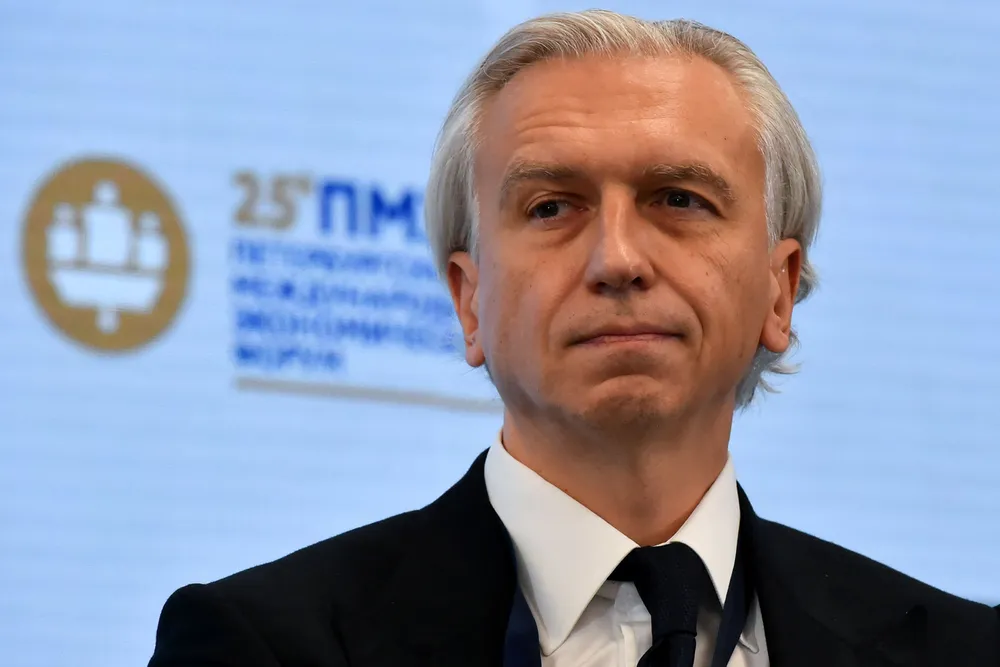Russian giant beats sanctions to rise above analysts’ expectations
State-controlled oil producer’s key financials shrug off impact of tax changes and Ukraine war

State-controlled oil producer’s key financials shrug off impact of tax changes and Ukraine war
